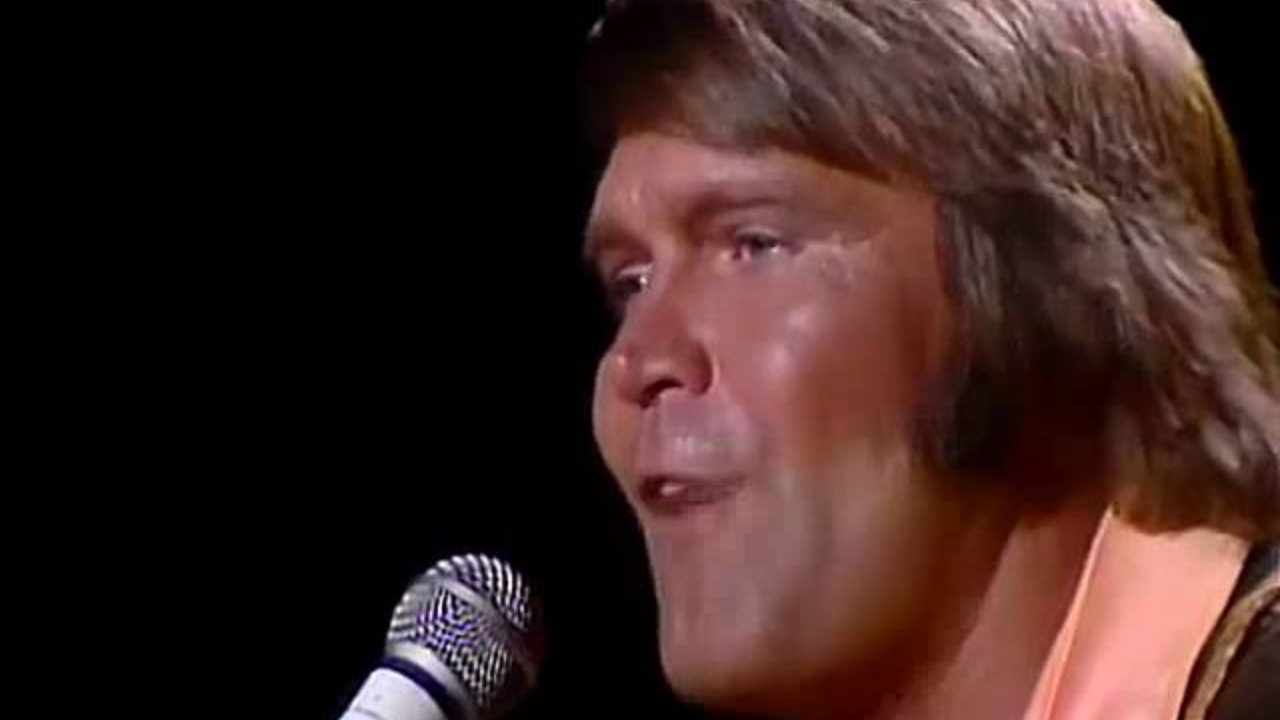About The Song
Glen Campbell’s “Rhinestone Cowboy” is a country music ballad that transcended genre boundaries to become a massive pop hit in 1975. The song tells the story of an aspiring country singer yearning for success on the bright lights of Nashville.
Background
Originally written and recorded by Larry Weiss in 1974, “Rhinestone Cowboy” failed to gain much traction. However, Campbell, touring in Australia at the time, heard the song and immediately connected with its message. Upon returning to the US, Campbell championed the song, even convincing his record label it had hit potential.
Campbell’s version, released in May 1975, differed from Weiss’s original. Campbell’s producers, Dennis Lambert and Brian Potter, incorporated elements of pop and soft rock, creating a smoother, more accessible sound. This, along with Campbell’s signature mellow vocals and relatable lyrics, propelled the song to the top of the charts.
Musical Style
“Rhinestone Cowboy” blends elements of country music with pop and soft rock. The song is built on a gentle acoustic guitar melody with a steady drumbeat. Country influences are evident in the prominent use of pedal steel guitar, a staple of the genre. However, the lush orchestration, prominent piano, and Campbell’s smooth vocals give the song a softer, more pop-oriented feel. This fusion of styles helped the song appeal to a wider audience beyond traditional country music fans.
The melody is catchy and memorable, with a sing-along chorus that perfectly captures the yearning of the protagonist. The tempo is moderate, creating a sense of both hope and melancholy.
Lyrics
The lyrics of “Rhinestone Cowboy” paint a vivid picture of a struggling singer chasing his dream of making it big in Nashville. The narrator describes his journey from a small town
(“a dusty old road in a place called Abernathy”) to the bright lights of the music capital (“Now I’m headed out for Nashville, gonna make it if I can”).
The song is filled with imagery that captures the glamour and pitfalls of the music industry. The protagonist dreams of wearing “rhinestone cowboy” clothes, a symbol of success on the stage. However, the lyrics also hint at the loneliness and isolation that can come with pursuing a dream (“I’ve been workin’ farms since I was seventeen”).
The chorus is a powerful statement of hope and determination:
“I’m a rhinestone cowboy / Riding on a steel horse I ride / I’m a rhinestone cowboy / I got silver streams flowin’ down my side”
The imagery of the “steel horse” and “silver streams” creates a sense of power and momentum, reinforcing the protagonist’s unwavering belief in his dream.
Cultural Impact
“Rhinestone Cowboy” became a cultural phenomenon in 1975. The song topped the Billboard Hot 100 chart and reached number two on the Hot Country Songs chart. It sold millions of copies and earned Campbell a Grammy Award for Best Male Country Vocal Performance.
The song’s success transcended music. “Rhinestone Cowboy” became synonymous with ambition and the pursuit of dreams. The catchy melody and relatable lyrics resonated with people from all walks of life.
The song also had a significant impact on country music. It helped bridge the gap between traditional country and the more pop-oriented sounds emerging in the 1970s. “Rhinestone Cowboy” paved the way for a new generation of country artists who would blend genres and achieve mainstream success.
The song’s cultural impact continues to this day. It has been featured in numerous films and television shows, and its themes of hope and resilience remain timeless.
Conclusion
Glen Campbell’s “Rhinestone Cowboy” is more than just a catchy song. It’s a story of ambition, struggle, and the unwavering belief in a dream. The song’s blend of country, pop, and soft rock created a unique sound that resonated with a wide audience. “Rhinestone Cowboy” not only became a cultural phenomenon but also helped shape the landscape of country music. Campbell’s iconic song continues to inspire listeners with its message of chasing dreams, no matter the obstacles.

Leave a Reply